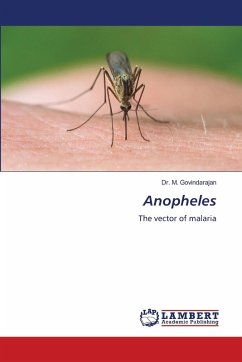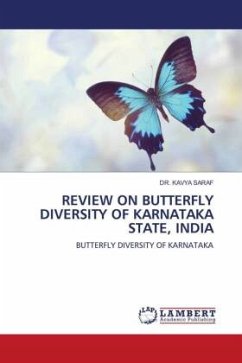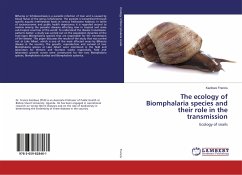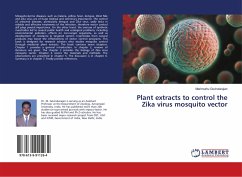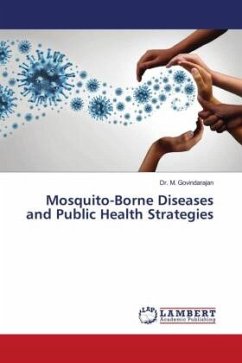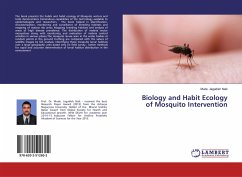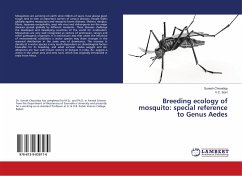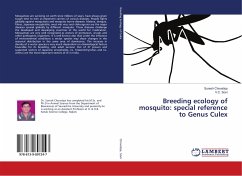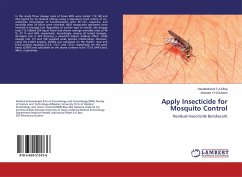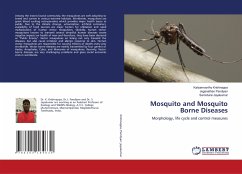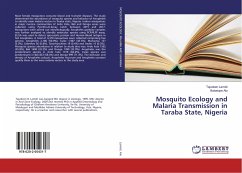
Mosquito Ecology and Malaria Transmission in Taraba State, Nigeria
Versandkostenfrei!
Versandfertig in 6-10 Tagen
43,99 €
inkl. MwSt.

PAYBACK Punkte
22 °P sammeln!
Most female mosquitoes consume blood and transmit diseases. The study determined the abundance of mosquito species and behavior of Anopheles to identify main malaria vectors in Taraba state, Nigeria. Indoor mosquitoes in major riverine communities of Ardo Kola, Bali and Donga areas were collected using Pyrethrum-Spray Catch between 2015 and 2017. Mosquitoes were sorted out morphologically. Anopheles gambiae complex was further analyzed to identify molecular species using PCR-RLFP assay. ELISA was used to detect sporozoite protein and Human Blood antigen in fed Anopheles. A total of 4,370 mosqu...
Most female mosquitoes consume blood and transmit diseases. The study determined the abundance of mosquito species and behavior of Anopheles to identify main malaria vectors in Taraba state, Nigeria. Indoor mosquitoes in major riverine communities of Ardo Kola, Bali and Donga areas were collected using Pyrethrum-Spray Catch between 2015 and 2017. Mosquitoes were sorted out morphologically. Anopheles gambiae complex was further analyzed to identify molecular species using PCR-RLFP assay. ELISA was used to detect sporozoite protein and Human Blood antigen in fed Anopheles. A total of 4,370 mosquitoes were collected comprising five genera: Anopheles 2,186 (50.0%), Culex 1,987 (45.5%), Mansonia 127 (3.0%), Sabethes 36 (0.8%), Toxorhynchites 19 (0.4%) and Aedes 15 (0.3%). Mosquito species abundance in relation to study sites was: Ardo kola 1562 (35.8%), Bali 1408 (32.2%) and Donga 1399 (32.0%). Anopheles was the predominant species in Ardo kola 1319 (84.4%), Culex species was predominant in Bali 823 (58.4%) and Donga 999 (71.4%). The behavior and density of Anopheles coluzzii, Anopheles rivuorum and Anopheles constani qualify them as the main malaria vectors in the study area.



